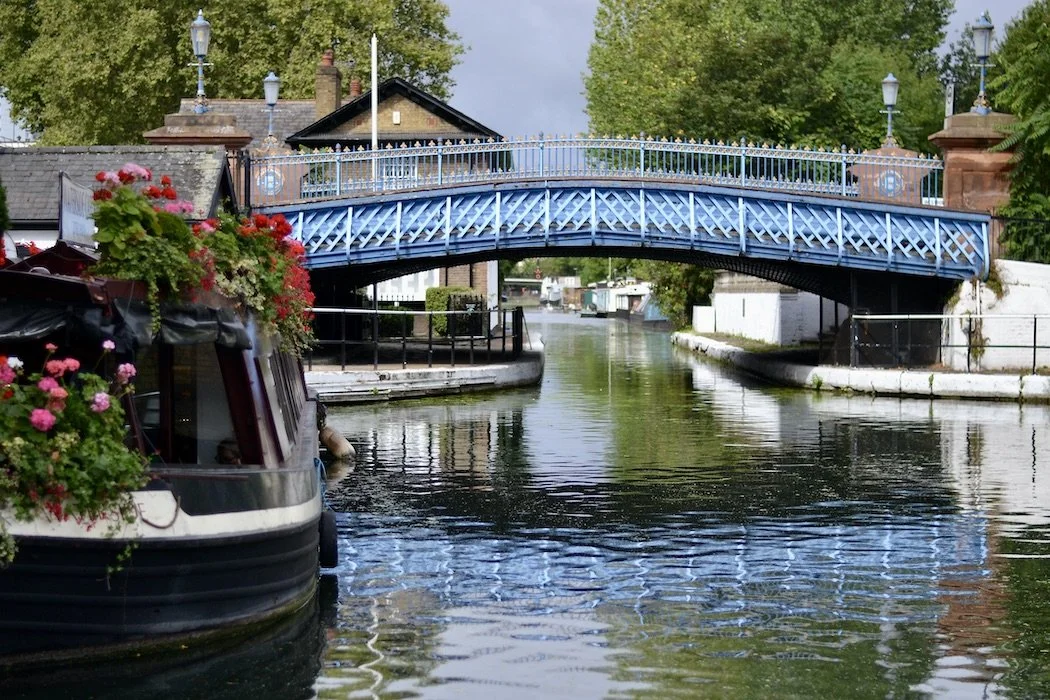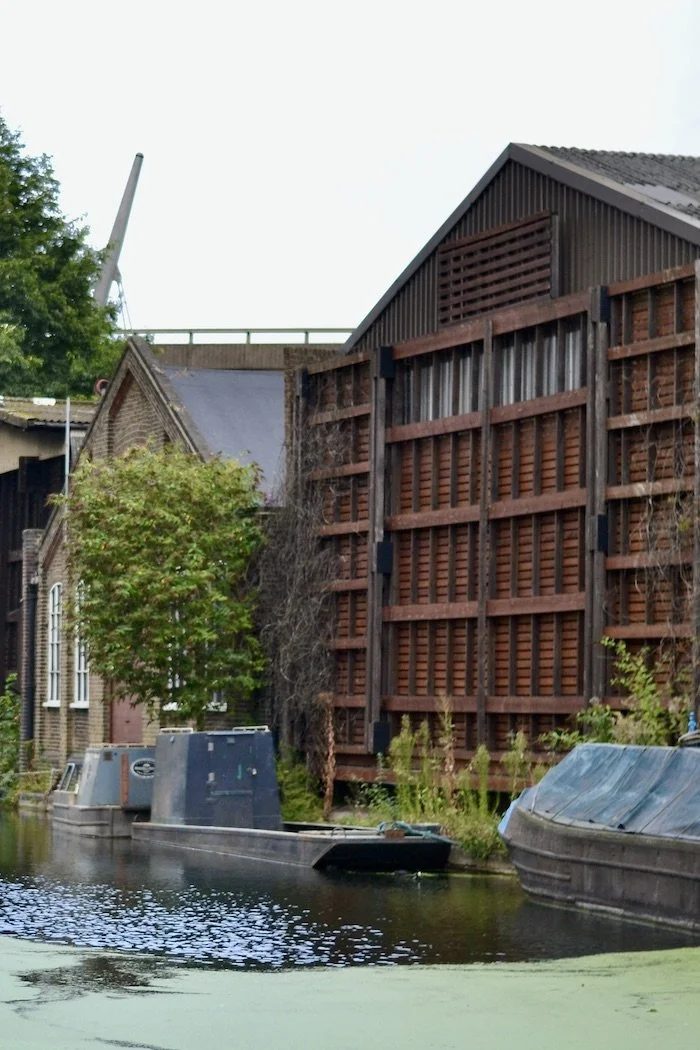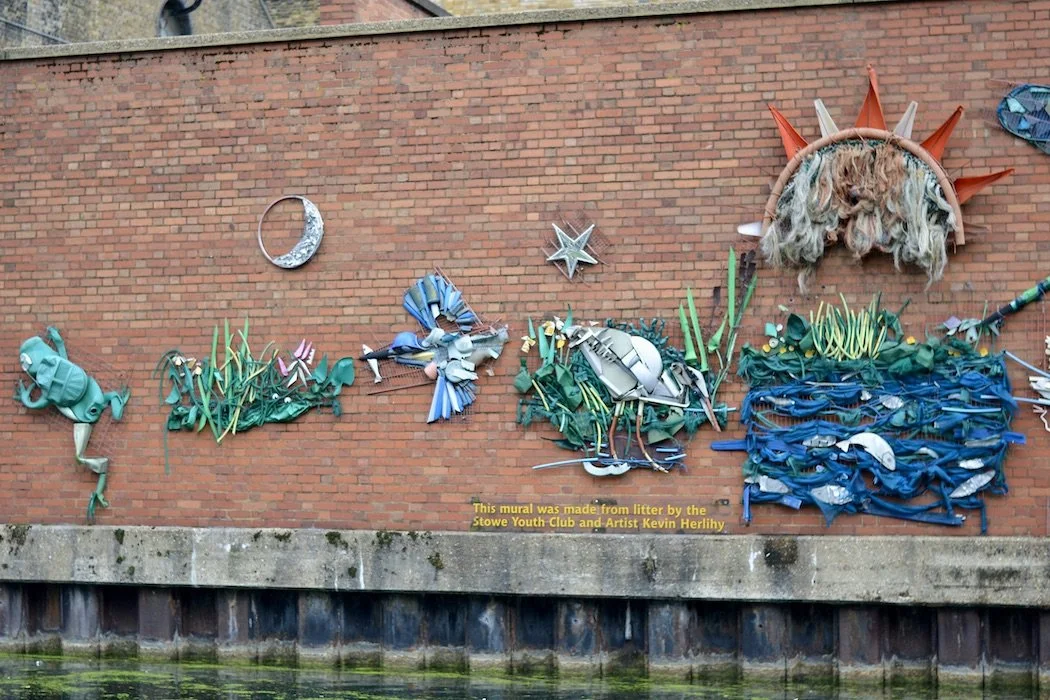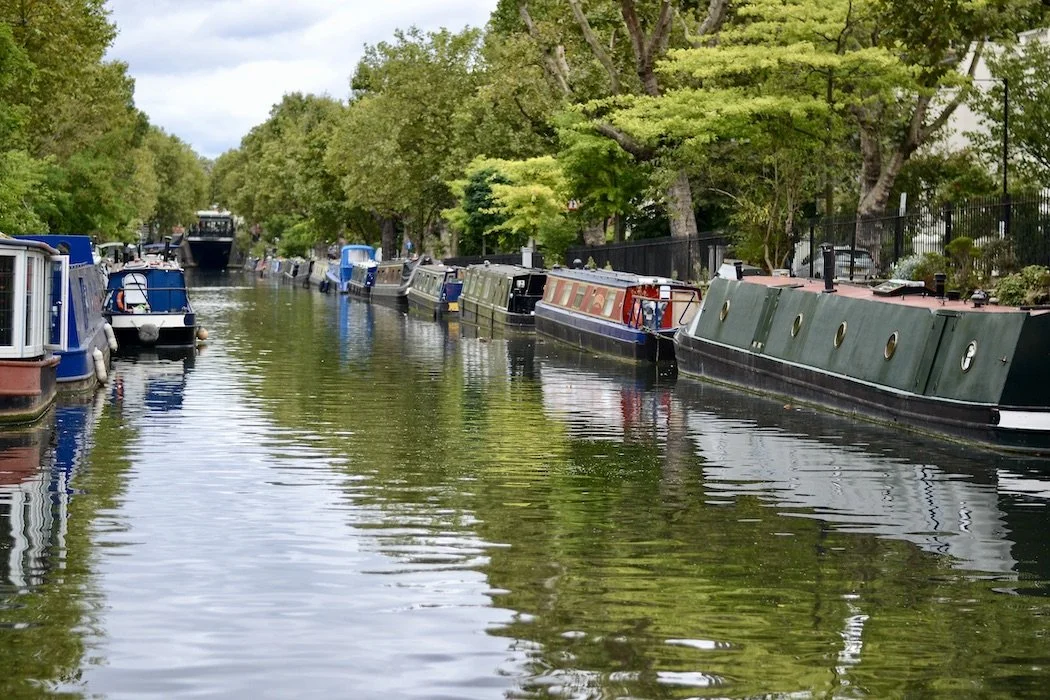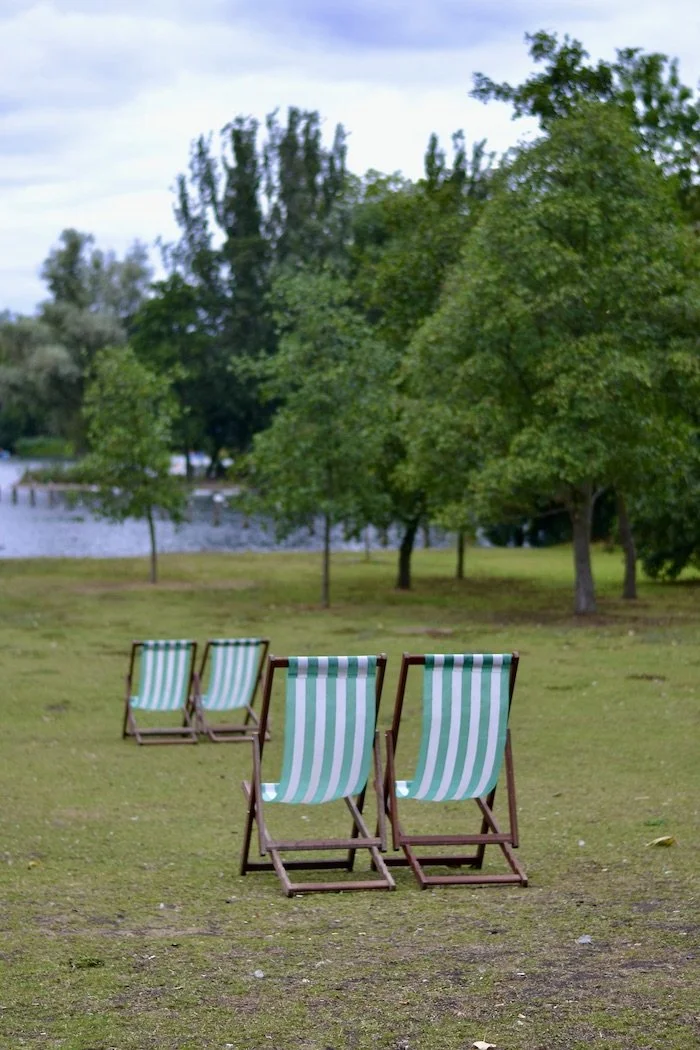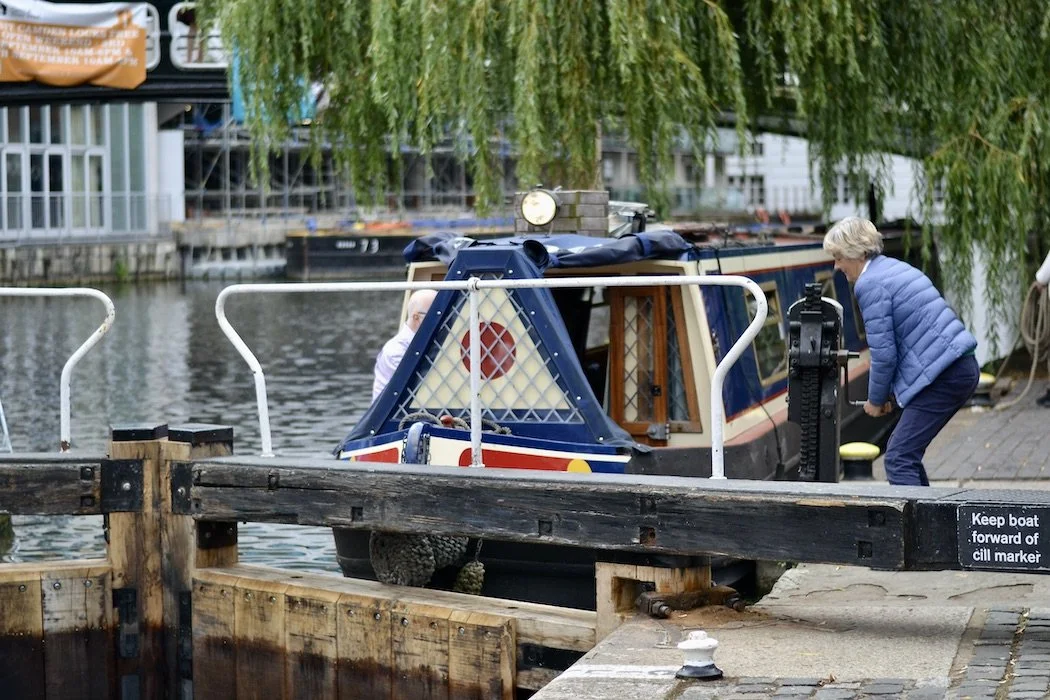Beyond the Usual – Wander along London’s Canals
London’s “Little Venice” at the junction of two canals
“Not all who wander are lost. “ — J.R.R. Tolkien
London is so full of amazing sites, historic and contemporary, that numerous visits are necessary to take it all in. There are countless museums to delve into, sites from every era to satisfy any interest, famous gardens to inspect, and miles to walk along the mighty Thames. Consequently, many visitors miss the extensive yet secluded man-made waterways that flow for miles in the English countryside, then meander through London’s northern interior before reaching the river. Most don’t even know these canal systems exist, yet a divergence is definitely warranted.
Britain’s network of canals played a vital role in the Industrial Revolution by connecting rivers and thus significantly improving inland transportation to more easily move goods to the capital and create wealth through industry. A "Golden Age" of canal building occurred between the 1770s and 1830s, and ultimately over 4000 miles (6400km) of canals were built. Regent's Canal was finished in 1820 to link the Paddington Arm of the Grand Central Canal, which starts 137 miles (220 km) away in Birmingham, to the River Thames. It snakes its way quietly 8.6 miles (13.8 km) across the north of central London to Limehouse in the east.
Starting just north of Paddington Station at Paddington Basin, the walkway leads under the Rolling Bridge and the Westway. Here, urban renewal along the canal blends old warehouses being repurposed with new glass office buildings, fancy eateries, and canal-side promenades. In a half-mile (500 meters), Regent’s Canal and the Grand Union Paddington Branch meet at “Little Venice”. This feels like another world and another time. Here the canal is flanked on one side by Rembrandt Gardens that offers benches with a peaceful water view, and on the opposite bank by waterside cafes. In the middle is Little Venice Island Gardens. At this junction, there are several options for a barge ride on the canals.
Go left and dozens of miles of walking westward beckon. This is the Grand Union, lined with houseboats sometimes tied up 2 and 3 deep. There are traditional style houseboats, the 7-foot-wide narrowboats, neglected or converted, which were standard in the day, originally horse-drawn and built to fit the narrow locks. There are also bigger, fancy, modern houseboats to admire along with canal-side gardens and playgrounds, and a lot of art in the form of sculpture and murals.
Or go right from “Little Venice” on Regent’s Canal where the path turns leafy and cool as it enters the northern edge of Regent’s Park. Pass the spire of London Central Mosque and the animal noises emanating loudly from London Zoo. Take a detour into Regent’s Park to admire exotic varieties in Queen Mary’s Rose Garden and rest on a beach chair at the Boating Lake. Back on the towpath, the canal flows out of the park, through the Camden Town neighborhood, to Camden Market where the lock is in continuous operation. From here, there are several miles ahead as the canal curves around the city to find its way to the Thames near Canary Wharf.
Don’t miss:
Taking the time for a leisurely stroll along the Grand Union and the Regent’s Canals.
Serendipity:
Locals along the way- watching a woman operate the Camden Town locks to move her houseboat and then having a conversation with her about how it works.
Lunch Tip:
The Bridge House at “Little Venice” for cafe food and cocktails.
Bedtime:
The boutique Rosate House, spread over elegant 3 townhouses in Hyde Park Gardens.
Subscribe for inspiration to have my posts drop directly into your inbox. *If you enjoyed what you read, please share this post with like-minded travelers.*
*All photographs are mine, taken with my Nikon D3100 or iPhone 12 Pro.*

